You’re using your appliance, but all of a sudden, it stops working, and all the lights in the room go out. You realize that your circuit breaker has just tripped, and wonder what might go wrong.
This is a common issue many of us have witnessed with our electrical systems, and when it does, we want to know the best way out.
Circuit breakers are proactive devices installed in your electrical system to protect your home and appliances against electrical hazards during overloads and short circuits. Hence, understanding why your breaker tripped and fixing it is crucial to the safety of your home.
However, rectifying a tripped circuit breaker starts with identifying why your breaker tripped, which you will learn here.
This blog highlights the potential causes of a tripping circuit and how to fix them.
Understanding Circuit Breakers
A circuit breaker is installed in your electrical system to automatically switch off when it detects a threat to your electricity flow. This helps prevent your appliances and home from running into electrical and fire damage.
A tripped breaker is usually easy to spot — the handle often rests between ON and OFF, and some panels display a small red or orange indicator to show it has tripped.

However, it is worth noting that circuit breakers are of two types: branch and main circuit breakers.
Branch Circuit Breakers
As the name implies, “branch” circuit breakers control the flow of electricity in specific parts (a branch) of the home, such as the living room, bedroom, and kitchen.
They have different amperage depending on the type of appliances they control and switch off when the electrical load in the areas exceeds the designed capacity.
Branch circuit breakers also switch off when there is a fault in a connected appliance to protect the part of the home without interrupting the flow of electricity to other areas of the home.
Main Breaker
A main circuit breaker oversees the entire power flow of the home, instead of partial control.
When your main circuit breaker trips or you switch it off, the whole house experiences a power outage.
Hence, your job of fixing your tripped circuit breaker starts with identifying which circuit breaker tripped.

Here is a detailed explanation of both scenarios:
Branch Breaker Tripped (Partial Outage)
Signs
One sign pointing to a tripped branch breaker is that a part of the home experiences a power outage while other parts of the home are energized.
For example, if your kitchen appliances stop working and the lights go out, but there is a power supply in your bedroom, then the circuit breaker controlling your kitchen has tripped off. Another example is when your bedroom outlets stop working while your living room outlets and gadgets are still running.
Short circuits, overloaded circuits, and ground faults are common reasons why a branch circuit breaker trips.
Short Circuit
Short circuits are usually easy to spot because they often create an arc flash and generate intense heat. This results in a strong burnt smell, melted insulation, blackened residue around outlets, or even wires that appear charred.
It occurs when electricity flows through the wrong path, such as when a hot wire touches the neutral or ground wire. This happens as a result of loose connections or faulty appliances. Pests chewing on wires or moisture seeping into outlets are also common triggers.
A branch circuit breaker quickly switches off when a short circuit occurs and protects your home from any damage.
The best solution is to first switch off and unplug all appliances connected to the affected branch circuit. Then inspect for common issues such as loose connections, signs of pests chewing on wires, or moisture around outlets. After addressing these potential problems, you can reset the breaker to see if the circuit returns to normal. If the breaker trips again, avoid repeated resets and contact a licensed electrician.
Overloaded Circuit
Your branch circuit breaker is prone to tripping if you run too many powerful appliances on it at the same time. For example, your kitchen 20-amp circuit breaker is bound to trip if you run a 10-amp microwave and a 14-amp air fryer simultaneously, since the amp rating for the appliances (24 amps) exceeds the breaker’s capacity (20 amps).
Before a breaker trips from overloading, you may notice warning signs such as lights dimming when a large appliance starts, a receptacle or plug that feels warm to the touch, or a faint buzzing from the outlet or panel.
After the breaker has tripped, you may notice a burnt odor or visible scorch marks on the outlet cover or breaker faceplate.
The way out when this happens is to disconnect some of the appliances to suit the breaker’s capacity. For the example above, you want to switch off either the microwave or the fryer before resetting your breaker.
Ground Fault
Ground fault occurs when electricity takes an unsafe path to the ground instead of passing through the circuit wiring, which is accompanied by the risk of shock. Potential causes include insulation breakdown and damaged wiring.
You are likely to experience ground faults in moisture-prone areas, such as the bathroom and kitchen.
Common signs of ground faults include flickering lights, buzzing sounds, and electrical shocks.
The solution to ground fault tripping your breaker is to fix insulation issues and other faults in the wiring.
Once you identify and fix the culprit behind your tripped branch circuit breaker, you are safe to switch the breaker back on.
Faulty or Aging Breaker
Although less common, a branch circuit breaker itself can also fail. With age or repeated use, the internal mechanism may become overly sensitive or malfunction, causing it to trip even under normal loads. Signs of a faulty breaker include frequent trips without an obvious cause, a breaker that feels unusually hot, or visible wear and discoloration on the handle. The safest solution is to have the breaker replaced by a licensed electrician.
Main Breaker Tripped (Whole-House Outage)
Sign
A tripped main breaker always comes with a whole-house outage. Hence, if your entire home loses power, your main circuit breaker has definitely done its duty.
While this is not common, it points to a serious problem with your electrical system and requires immediate attention to restore power to the home.
Possible Causes of a Tripped Main Circuit Breaker
The causes of tripping in the main circuit breaker are similar to those of tripped branch circuit breakers, with minor differences. Here are common reasons your main circuit breaker might trip:
- System Overload: Running multiple high-power appliances like AC units and heaters at the same time.
- Short Circuit or Ground Fault: Either in the main wiring or through appliances drawing power directly from the panel.
- Breaker Malfunction or Aging: Like branch breakers, the main breaker can fail over time. Because it controls the entire house, a faulty main breaker is more dangerous and should be inspected or replaced by an electrician.
- External Issues: Utility surges or storm-related power spikes can also trip the main breaker. In many cases, the breaker simply needs to be reset once the surge passes.
Important Note: If the main breaker trips repeatedly without a clear cause, do not attempt multiple resets. Call a licensed electrician immediately to investigate, as the issue may involve your service panel or the utility feed.
Label Your Panel for Easier Troubleshooting
Labeling your breaker panel is a proactive measure to identify the breaker that controls the affected circuit. Not labeling your circuit breakers causes difficulties in identifying which circuit breaker to work with the next time you experience a tripped breaker.
There are two options to label your breaker panel:
One is switching off all the breakers, then turning them on one by one to see which part of the home is energized.
The other option is more professional and involves using a digital circuit breaker finder, like the KAIWEETS KT301P. By plugging the transmitter into an outlet in each area of the home and receiving the signal at the breaker box, you can easily identify the corresponding breaker to each part and label your panel in minutes.

KAIWEETS KT301P Circuit Breaker Finder
The KAIWEETS KT301P is a 3-in-1 device that combines a digital circuit breaker locator, outlet tester, and GFCI tester. It features an LCD display, NCV mode for non-contact voltage detection, and a built-in flashlight for safe and efficient electrical work.
Full specs & features.
Check our full guide on how to use a circuit breaker finder.
Final Thoughts
A tripped circuit breaker is your breaker’s means of calling your attention to an issue with your appliances or wiring.
It is your duty to identify the cause of the issue, fix it, and reset your breaker. Overloaded circuits, short circuits, and ground faults are common reasons why breakers trip.
However, when your breaker keeps tripping after fixing the suspected issues, it makes sense to stop resetting it and invite a certified electrician to inspect and fix the situation.
Additionally, you want to label your circuit breakers to make your troubleshooting easier next time. Fortunately, KAIWEETS KT301P Circuit Breaker Finder is designed for this purpose and more.
At KAIWEETS, we design and sell professional electrical testing tools that are accurate, user-friendly, and safe for both professionals and non-professionals.
FAQs
How do I know if my breaker is tripped?
You know your breaker has tripped when your appliances and lights stop running, and your breaker is flipped off automatically, or the switch is between the ON and OFF positions. Some models of breaker boxes also show a red or orange sign when a breaker trips.
Why does my breaker trip when I use certain appliances?
Your breaker tripping when using certain appliances is likely due to overloading the circuit. You can confirm this by unplugging the appliances and resetting your breaker.
Is it safe to keep resetting a tripped breaker?
No. It is only advisable to reset your tripped circuit breaker once. If it doesn’t hold, don’t try to reset it again, as doing so exposes your circuit and devices to the risk of electrical hazard. The right thing to do here is to contact a professional for inspection and repair.



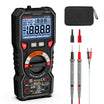
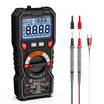
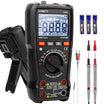
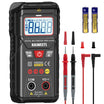
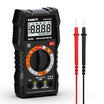
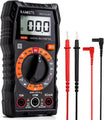

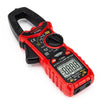
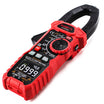
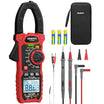
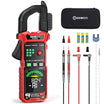
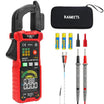
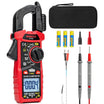

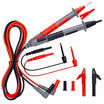
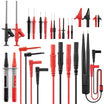
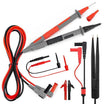
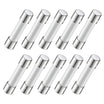
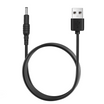
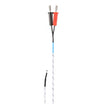
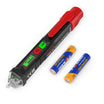
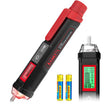
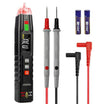
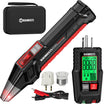

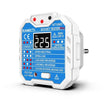
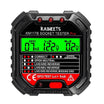
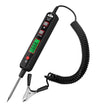
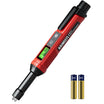
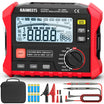
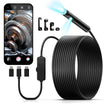
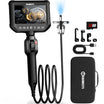

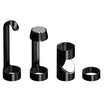
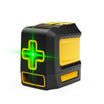
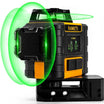
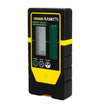
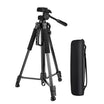
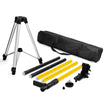

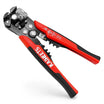
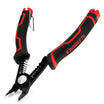

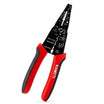
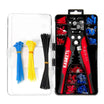
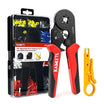
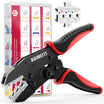
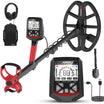
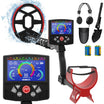
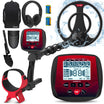
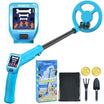

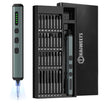
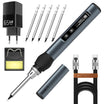

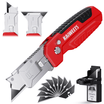
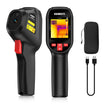
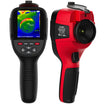
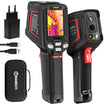
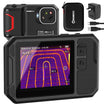
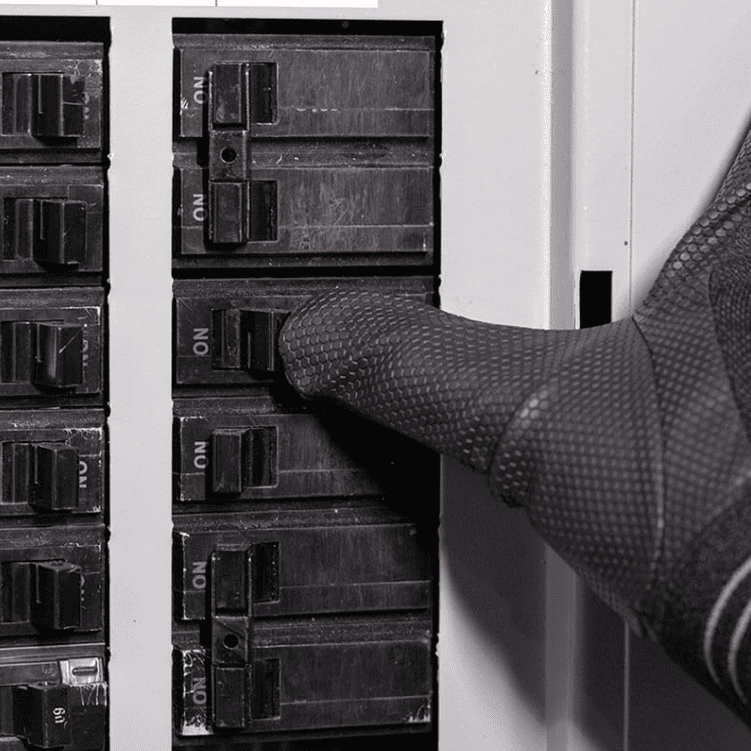


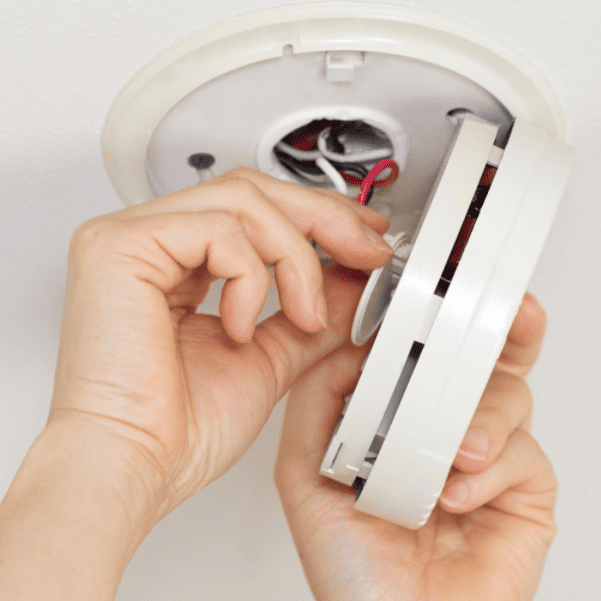
Commenta
Nota che i commenti devono essere approvati prima di essere pubblicati.
Questo sito è protetto da hCaptcha e applica le Norme sulla privacy e i Termini di servizio di hCaptcha.